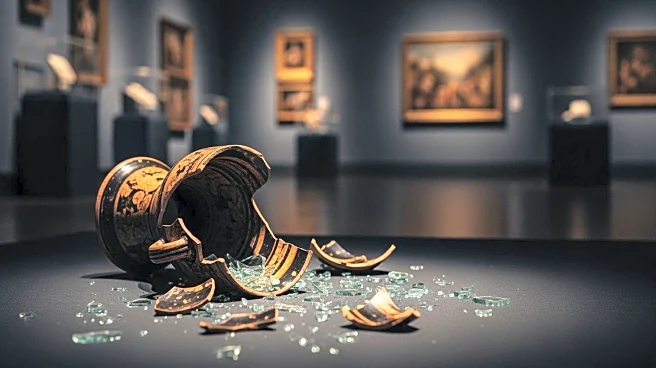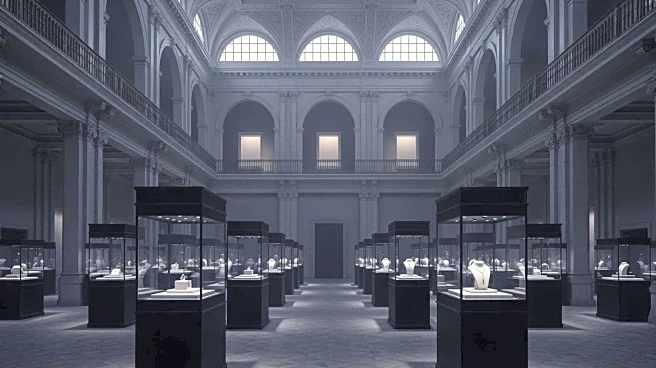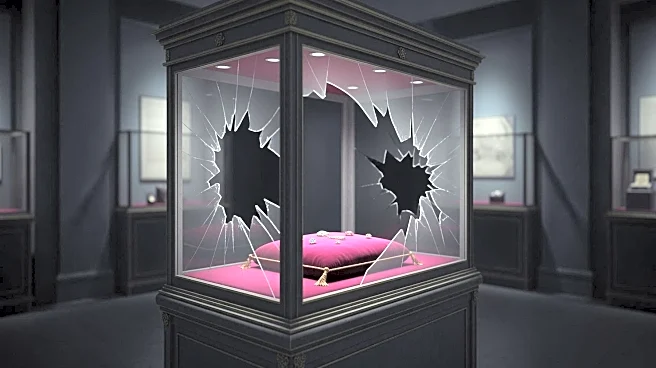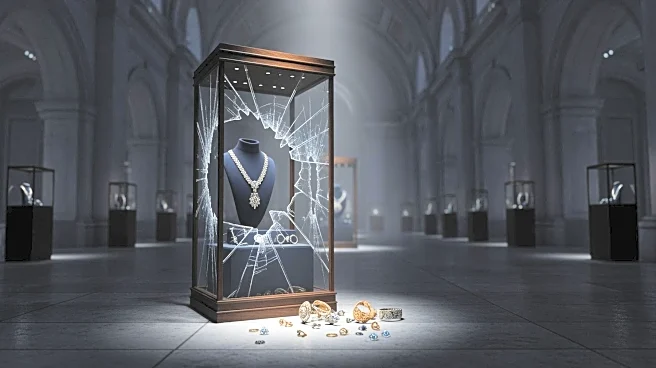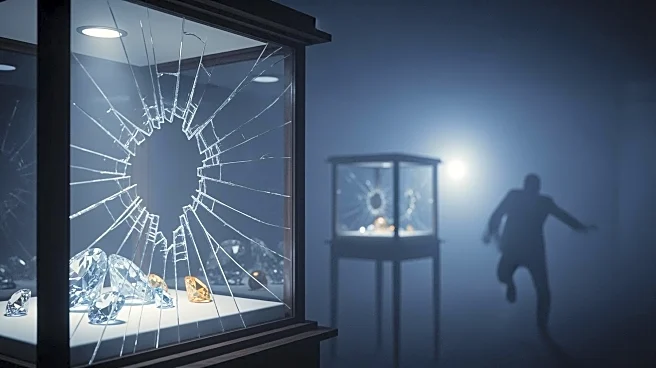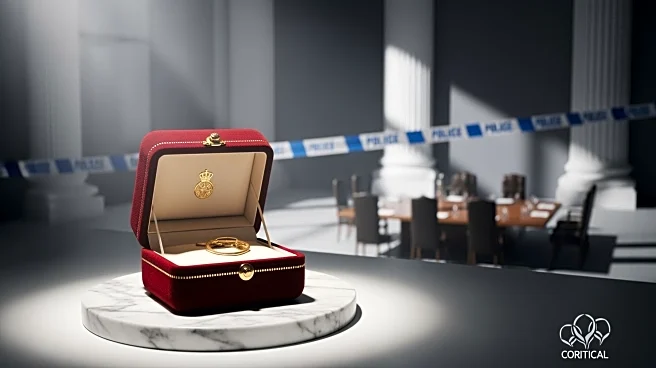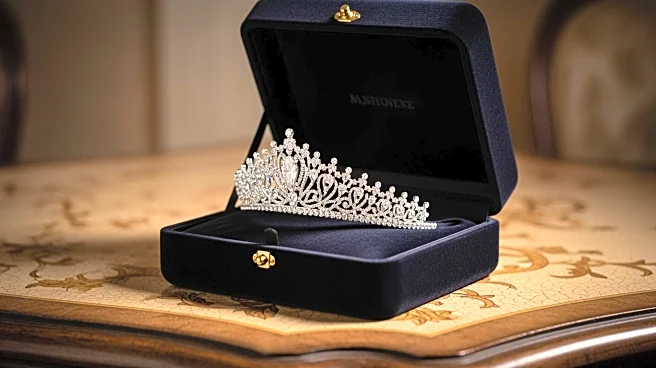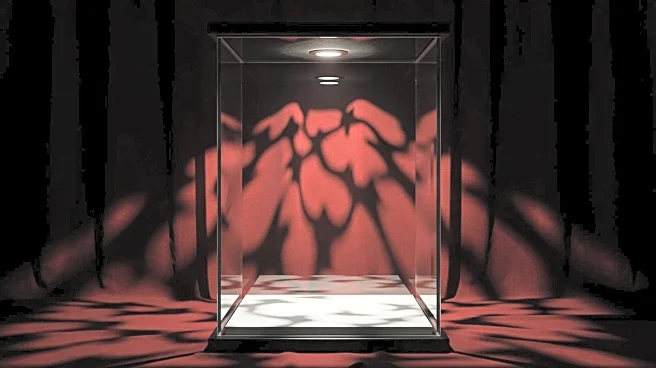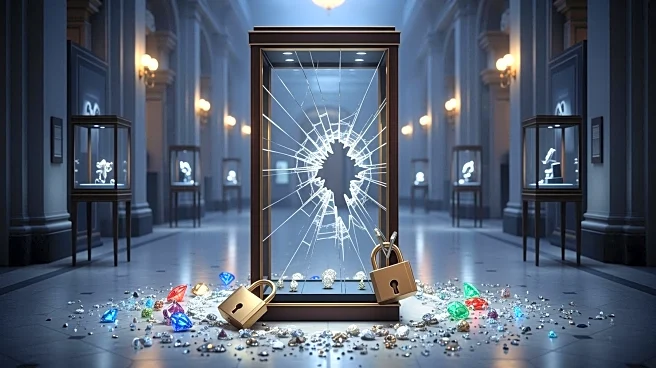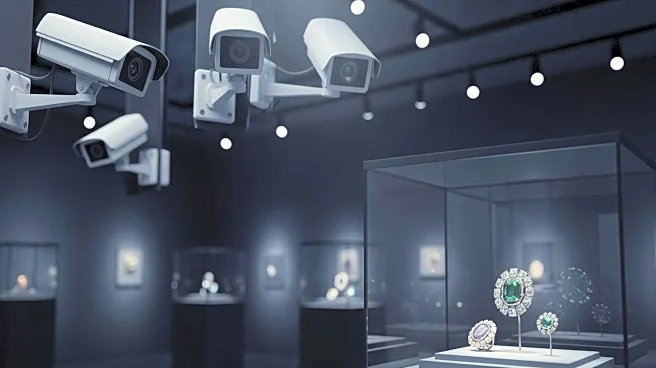What's Happening?
French authorities are intensifying their search for suspects involved in the recent $102 million jewel heist at the Louvre Museum. DNA traces found in a helmet and glove left at the scene are being analyzed, offering a potential breakthrough in the investigation.
The heist involved the theft of eight pieces of jewelry, including items from the collections of French royalty. The museum's director, Laurence des Cars, has faced scrutiny over security lapses and offered her resignation, which was not accepted. The investigation is focusing on whether the heist was an organized crime operation or possibly an inside job.
Why It's Important?
The discovery of DNA evidence could be crucial in identifying the perpetrators and recovering the stolen jewels. This incident highlights the vulnerabilities in securing cultural institutions and the potential for organized crime to target valuable artifacts. The heist has significant implications for the preservation of cultural heritage and may prompt museums worldwide to reassess their security measures. The outcome of this investigation could lead to changes in how cultural assets are protected and managed.
What's Next?
As the investigation progresses, authorities will continue to analyze the DNA evidence and review security footage to identify the suspects. The Louvre Museum is likely to implement enhanced security measures, which could include increased surveillance and possibly a police presence. The case may also lead to broader discussions on the funding and resources needed to protect cultural heritage sites.
